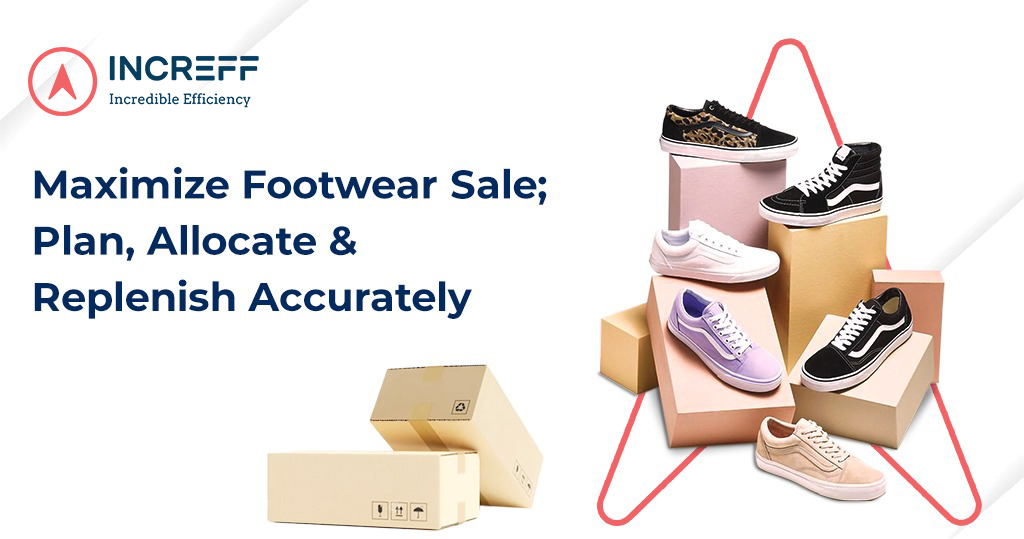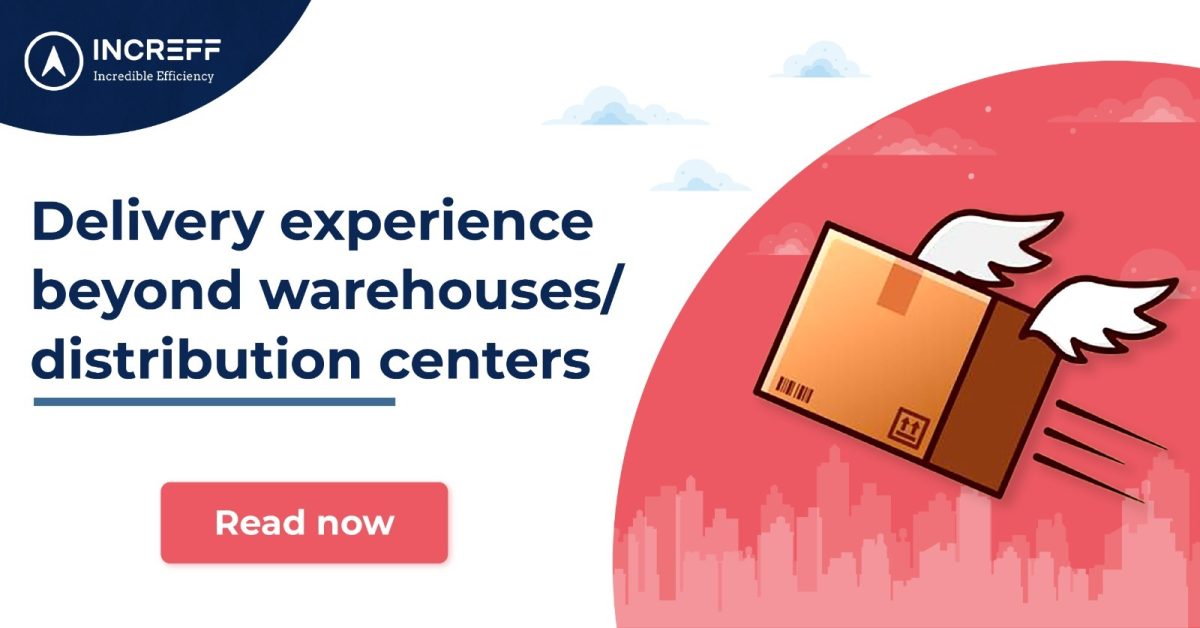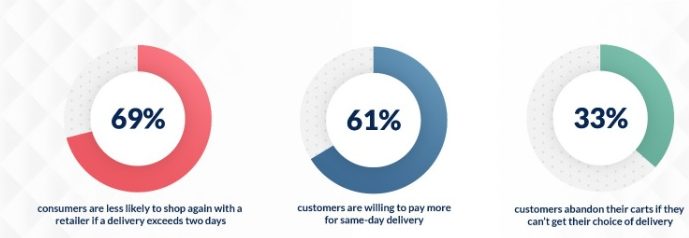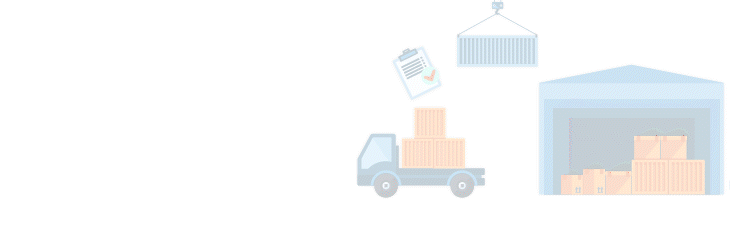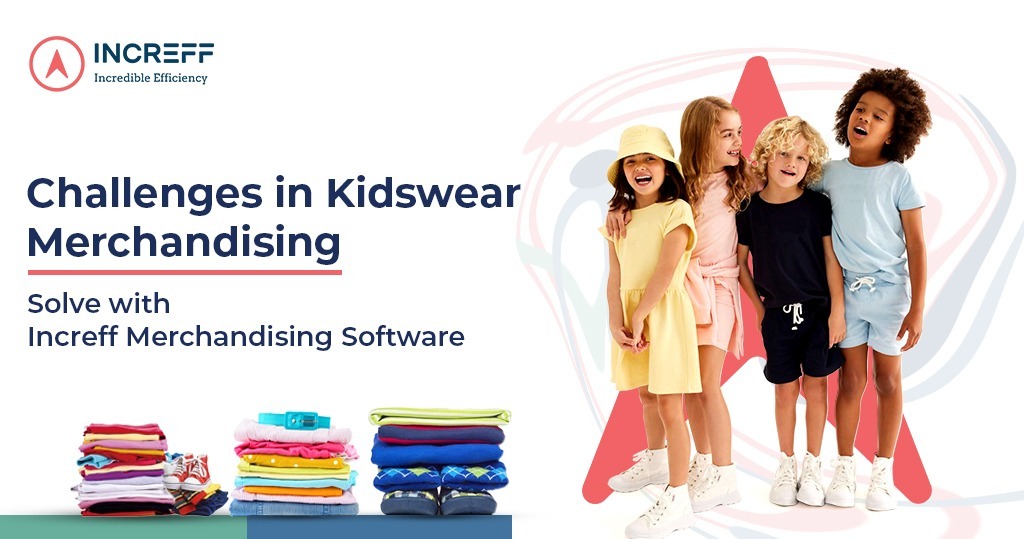India is the second largest footwear manufacturer, accounting for about 13% of footwear production globally. Due to its high population, 90% of the manufactured footwear caters to the domestic demand itself. Traditionally India has had brands like Bata and Liberty offering a wide variety of footwear to fulfill the needs of Indian consumers. As global brands like Puma, Nike, adidas, Asics, etc. establish their foothold in India, many Indian brands are also launching new designs and coming up strong.
A clear direction for planning for the upcoming season/year is needed since footwear production is a long-drawn process with heavy capital investment. It also needs to be distributed and replenished efficiently to avoid overstocking or understocking. Finally, they have to price optimally and discount accurately to keep customers coming back for more and for keeping the cash flowing.
Planning of footwear
Effective planning gives accurate direction for the entire year or season. To plan for footwear, brands need to understand what attributes or product elements are working in the market so the design team can address the trend accordingly. While Increff Merchandising Software, Pro uses up to 7 attributes to define each article, its Enterprise version drills deeper to analyze up to 70 attributes.
These attributes will support your product masters.
What should be in your product masters?
A lot of new brands are confused about what features of the product should form the attribute hierarchy. While doing planning, you need to understand what your brand is known for and create an article master accordingly.
If you are a sports shoe brand, the type of your soles and the material of your insoles can be the main components. While if you are a fashion footwear brand, you might want to analyze factors like heel height, uppers style, or embellishment. While doing planning, other than the main category and subcategory, it is ideal to stick to 2 to 3 core attributes. When you plan based on past data, going into too many attributes in granularity can only cause a headache.
Planning your size set?
Footwear and innerwear are categories where sizes cannot be tinkered with. Uncomfortable shoes may lead to physical ailment which is the last thing you want your customers to talk about.
Analysis of past sales gives insights into what pivotal sizes can be produced in larger quantities. Most footwear brands do not like to eliminate any sizes and keep an option open to clients. However, analytics will help determine the ratios at which they need to be produced. Ratios can be extrapolated to overall buy.
Selling online
The online shoe market is ever-growing. Globally, with a CAGR of 7.25%, it is predicted to leap up to US$ 543.90 billion by 2030. This helps the brand to reach tier 2 and tier 3 cities, and experiment with the market fit. Analyzing the conversion rate based on views and average ticket value helps automate digital marketing.
Another huge problem for online commerce is the unusually high return rates. Tracking the return reasons and taking calls on top returned styles can help bring this rate down. Ideally, the return rate should stay in the 5-10% range if you are selling online and 1-3% for offline stores.
Most footwear brands face return issues due to size mismatch or material discomfort. To combat size issues, producing half sizes in minimal quantities will give size flexibility to customers. Material quality can be upgraded in coalition with your manufacturer. If you are a brand that has an in-house production facility, allow your design team to do some material experiments.

Conclusion
The Indian footwear industry has moved from a sophisticated low-cost to a medium and world-class market supplier. Modern & State-of-the-art retail technologies are being adopted to suit the exact international requirements and standards. In collaboration with international online retailers like Amazon and Walmart, multiple private footwear brands have joined cross-border e-commerce and progressed on the path toward digital transformation. As the footwear market is expected to grow exponentially, accurate demand analysis and a check on the cost of production are needed to propel it.
